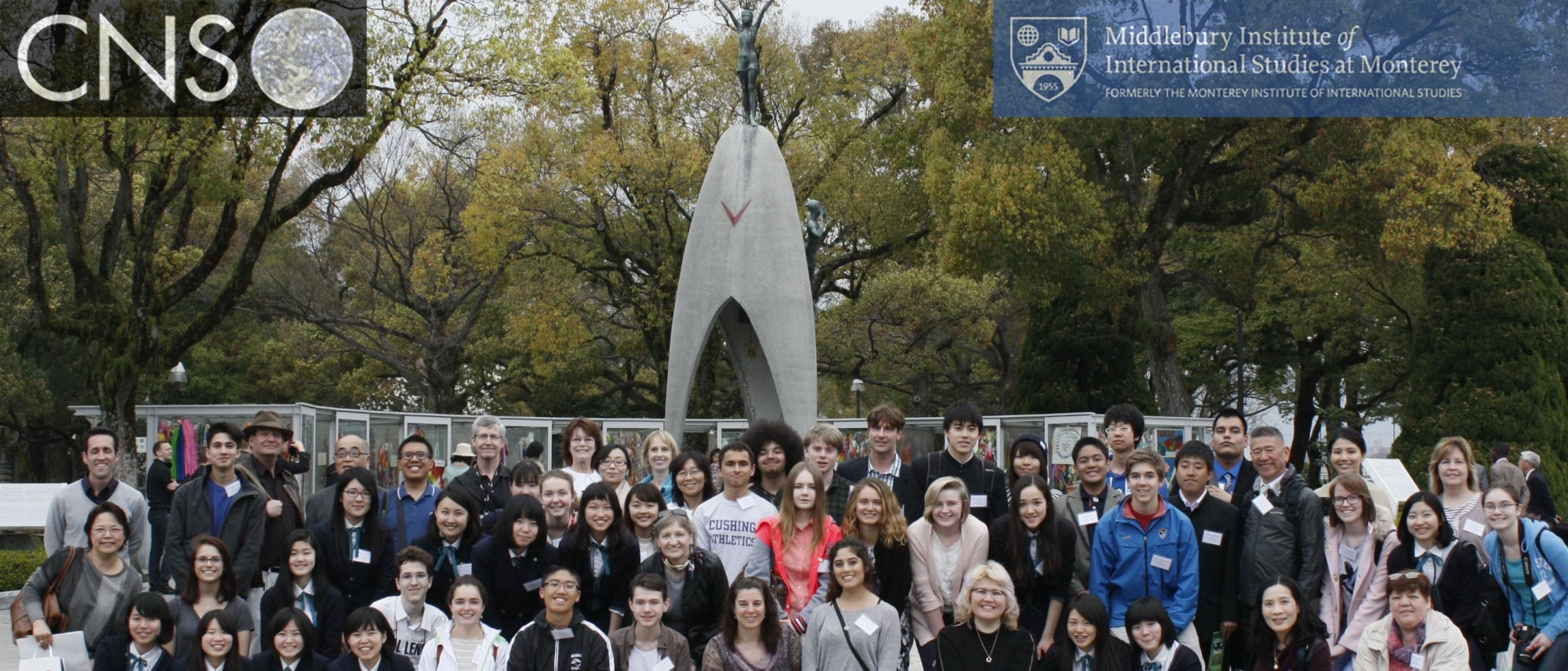Conducting the CIF Project
Interested teachers may begin the program in either semester, depending on the schedule of their school.
The CNS Education Group and experienced CIF teachers will be available to assist new participants. We will attempt to pair new teachers with experienced teachers. These people will help guide you through the following suggestions to implement the CIF program.
Every teacher has a particular style of instructing students. In keeping with the CIF curricular model, the coordinators and experienced CIF teachers suggest a constructivist approach. In this way students soon establish a baseline of what they already know. They also begin to understand what they do not know. Finally, they establish what they want to learn and where they must do research to learn these things.
The CIF staff suggests you and your students begin the course by brainstorming both the Benchmark statements and the objectives. In these sessions you might want to create concept maps to visually display connections and links between and among topics. In this way you and your students will develop the meaning of the issues.
Following this, you may want to divide the work among your students. Maybe you would like to create teams that will investigate different geographical regions. Perhaps certain activities would appeal more to some students than to others. Are there some who would like to do the scientific as opposed to the historical research? Are there students who have a knack for writing essays or reports? Do you have web whizzes who will assemble the Benchmark and final products?
Next, define vocabulary and terms. Try to identify terms that will most likely be seen as acronyms. If you find undefined acronyms, there are acronym dictionaries. Make lists of vocabulary and special terms. Perhaps you will want to create a glossary, maybe even one with illustrative pictures or graphics.
Define the areas where you need to do research and the kinds of research tools that you need to use. For example, you might need almanacs for economic statistics on particular countries. You might need atlases to investigate specific regions. The Web might be a good source for pictures and other graphics to illustrate your product. Some of the activities will require interviews with people in the community. You might even want to check out the local video rental. The school or local library could give you social and cultural background information. Your options are many and varied.
The CIF coordinators strongly recommend that you not get all of your data from the Internet. It has been said, “not everything on the Web is good, and not everything that is good is on the Web.”
Synthesize and analyze your data. One of the requirements for your Benchmark and final products is that you have internal source citations and a reference list or bibliography at the end.
For each Benchmark, the coordinators expect to receive results that demonstrate the students’ knowledge of the vocabulary, concepts, and issues covered by each Benchmark. Decide how you want to present your results. These results could be essays, reports, the script for a TV newscast, a newspaper article, a press release, an op-ed piece, or other written material. You might want to create a multimedia product, maybe in HyperStudio or some other software product. You might want to develop a series of Web pages. Again, your options are many and varied.
Throughout this process also think about the kind of presentation you would like to make at the student conference. In a conference situation your students will have the opportunity to interact with students from other states and other countries. Consider that this venue is quite different from that in which the Benchmark results are displayed. At the student conference there will be much more oral and visual interaction.
We welcome you to CIF and look forward to the work that your students produce. Please take advantage of this website, the threaded discussion on Yahoo, and the CIF staff and teachers.


